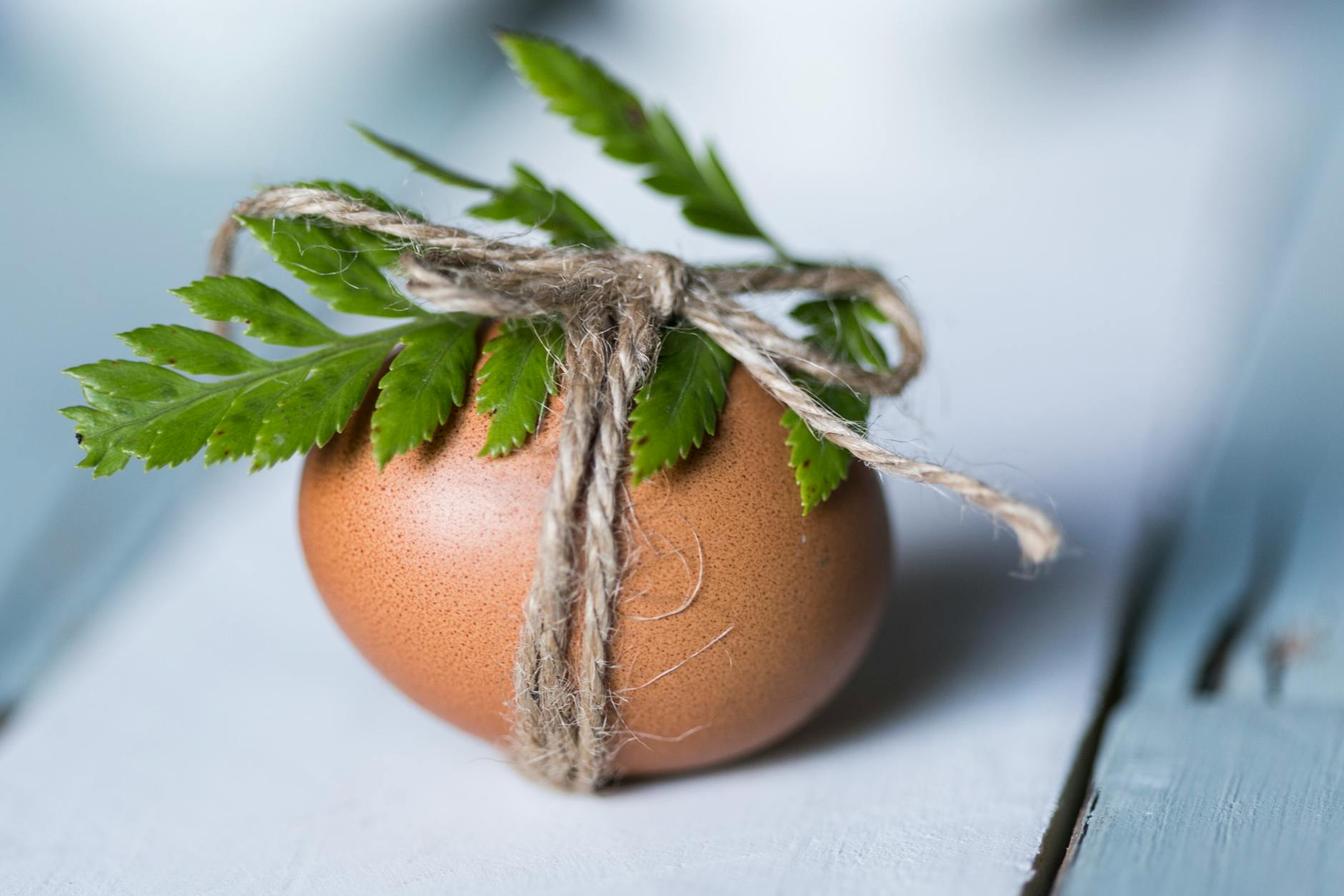Easter is often associated with renewal, rebirth, and springtime joy, but beneath the pastel colors and blooming flowers, there are eerie tales, ghostly legends, and supernatural traditions tied to this holiday. From haunted churches to restless spirits and eerie omens, Easter’s folklore is richer and darker than many realize. Let’s explore some of the most chilling and supernatural traditions linked to Easter.
1. The Phantom Processions of Good Friday
Across Europe, there are legends of phantom processions—ghostly parades of monks, priests, and spirits said to march through the streets on Good Friday night:
- In Spain, eerie candlelit processions are said to be joined by unseen spirits of the dead, silently walking among the living.
- In Germany, the “Wild Hunt” is rumored to roam the countryside, with spectral figures appearing in the mist.
- In England, tales speak of headless monks who emerge from ruined abbeys on Good Friday.
2. The Legend of the Devil’s Easter Egg
Folklore warns of black Easter eggs, which were believed to be bad omens:
- In Eastern Europe, finding a black or blood-red egg among your Easter eggs was thought to foretell misfortune or a visit from a restless spirit.
- In some rural traditions, eggs that failed to crack when boiled were considered cursed or linked to dark magic.
- Some legends claim that if you roll an Easter egg across the floor and it stops suddenly, it means an unseen spirit is nearby.
3. Haunted Churches and Easter Sunday Apparitions
Easter is said to be a time when ghosts are more likely to appear in churches, particularly at dawn:
- In Ireland, stories tell of shadowy figures kneeling in pews, believed to be the spirits of those who died without absolution.
- In Scandinavia, Easter Sunday is when the spirits of monks who broke their vows are seen pacing outside their former monasteries.
- In Italy, some believe that the bells of empty churches can ring on their own, signaling the presence of a wandering soul.
4. The Curse of the Easter Hare
The Easter Bunny is a beloved figure, but some legends paint a darker picture:
- In medieval Europe, the hare was associated with witchcraft and shapeshifters, and it was said that a witch could take the form of a hare to steal eggs and milk.
- In German folklore, the “Osterhase” (Easter hare) was once feared as a spirit that would curse children who misbehaved before Easter Sunday.
- In some parts of the UK, it was believed that if you saw a hare on Easter morning, it meant a witch was nearby.
5. Easter Graves and Restless Spirits
Many traditions connect Easter to the idea of resurrection—not just of Christ, but of spirits as well:
- In Poland, people once believed that on Easter Eve, spirits of the dead could briefly return to visit their loved ones.
- In Hungary, families would place small offerings of food on graves during Holy Week to appease restless souls.
- In France, Easter was thought to be one of the nights when the “Ankou,” a grim reaper-like figure, wandered the land searching for souls.
Final Thoughts
Easter may be a celebration of light, but its history is woven with strange and supernatural folklore, reminding us that even the most joyous holidays have their eerie shadows. Whether you celebrate with chocolate eggs or keep an eye out for phantom processions, one thing is certain—Easter holds more mysteries than meets the eye.
Want to Know More? Explore our latest articles on haunted traditions, supernatural folklore, and eerie legends, and browse our collection of mystical holiday-inspired merchandise!


Leave a Reply